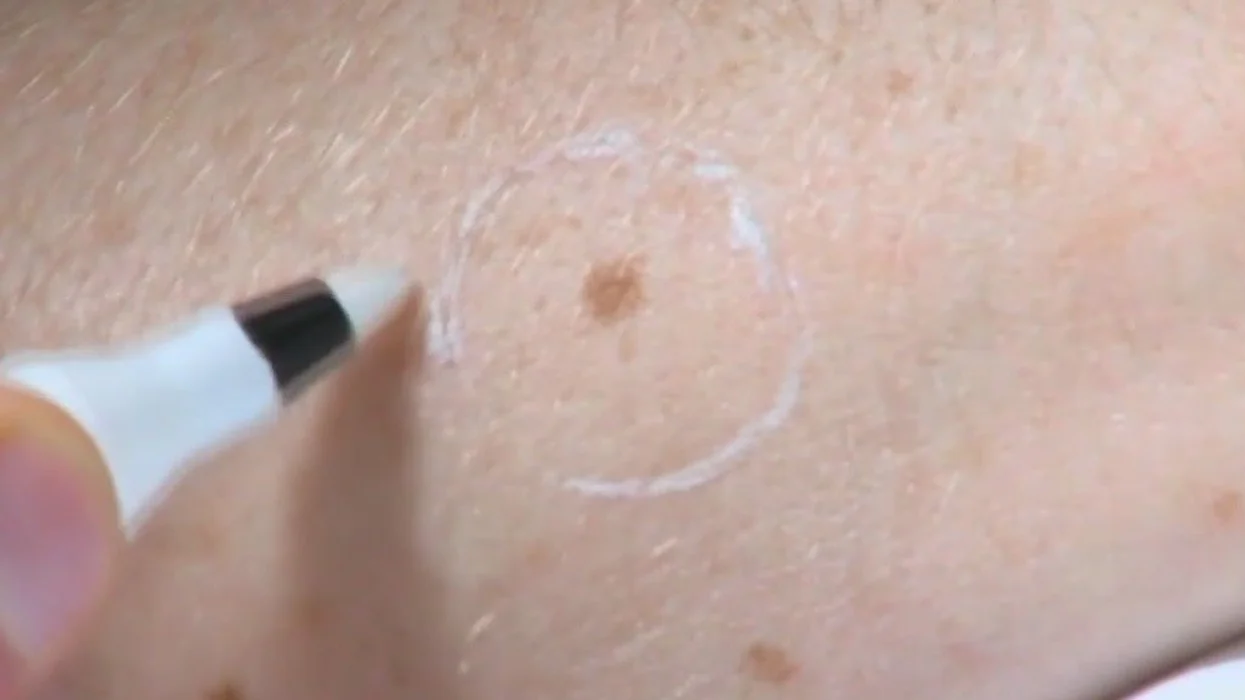
Photo from Indy100
Innovative Cancer Treatment Discovery
Researchers discovered that aminocyanine molecules, conventionally used in medical imaging as synthetic dyes, exhibit the ability to rupture cancer cell membranes when triggered by near-infrared light, leading to promising outcomes in combating cancer.
The study’s results demonstrate an unprecedented 99% efficacy in eliminating human melanoma cells in laboratory settings, with nearly half of the mice treated for melanoma tumors displaying cancer-free status after receiving this innovative treatment.
Ciceron Ayala-Orozco, the lead author of the study, highlighted the groundbreaking potential of this approach, utilizing mechanical forces at the molecular level for cancer treatment and leveraging the biocompatible nature of these molecules.
READ ALSO: McKinsey Agrees To $78M Opioid Settlement With Health Insurers And Company Benefit Plans
Advancements in Cancer Therapy
The utilization of near-infrared light is pivotal as it facilitates deeper penetration into the body, offering potential non-surgical treatment avenues for cancers present in bones and organs, bypassing the need for invasive procedures.
This pioneering research, published in the Nature Chemistry journal, marks another significant stride in cancer treatment, following recent breakthroughs such as injecting a cancer-killing virus into humans and the development of self-destructing cancer cells.
Moreover, the pharmaceutical company Moderna has made strides with a vaccine significantly reducing the risk of death and recurrence in a type of skin cancer when combined with the immunotherapy drug Keytruda.




![Tyson Foods Plant [Photo: Food Manufacturing]](https://southarkansassun.com/wp-content/uploads/2023/08/iStock_1185520857__1_.5e441daa51cca-600x337.jpg)







![Silverado Senior Living Management Inc. [Photo: Los Angeles Times]](https://southarkansassun.com/wp-content/uploads/2023/10/download-6-4-600x337.jpg)

![China's Wuhan Institute of Virology [Photo: Nature]](https://southarkansassun.com/wp-content/uploads/2023/09/d41586-021-01529-3_19239608-600x337.jpg)
















